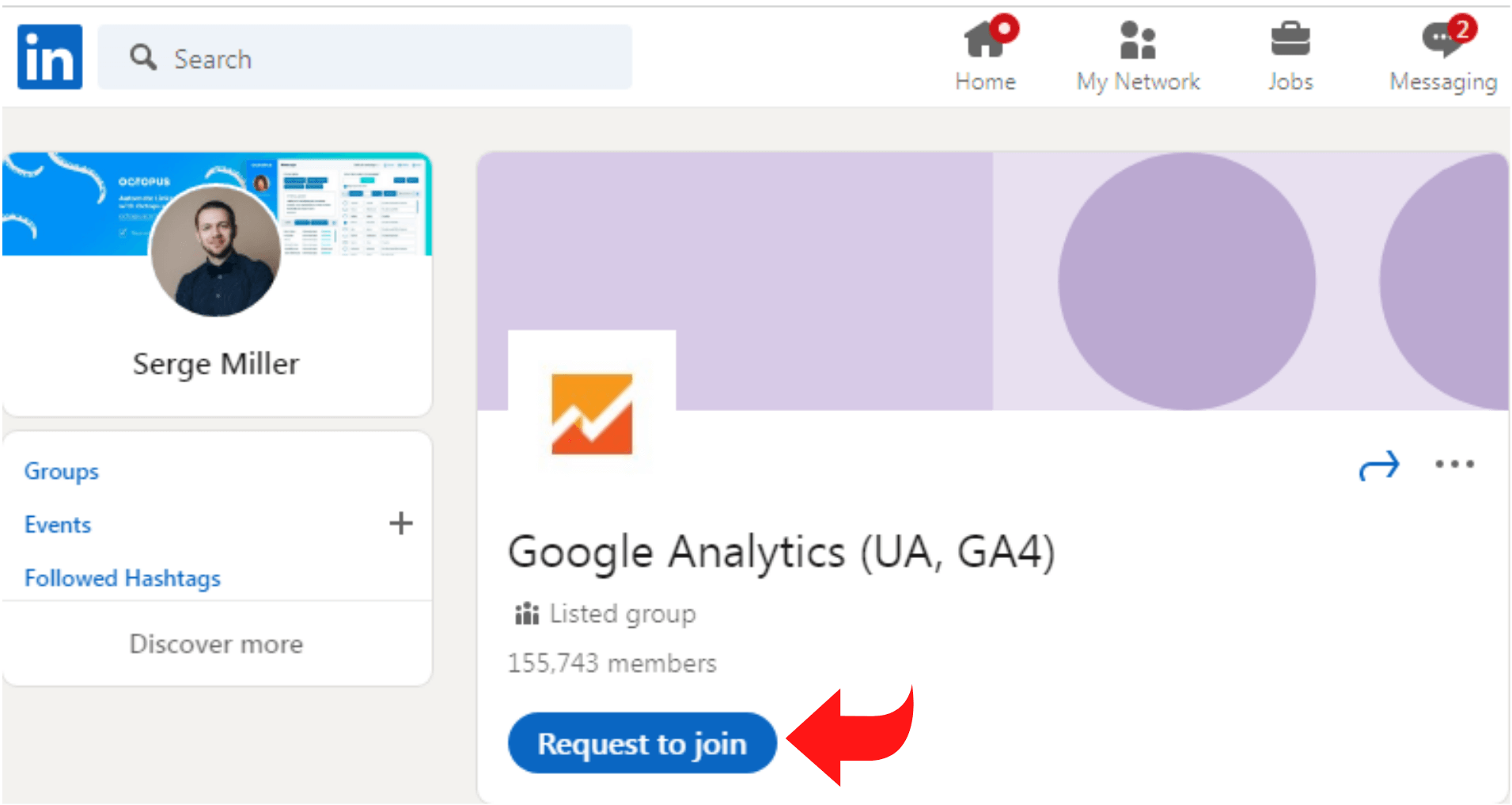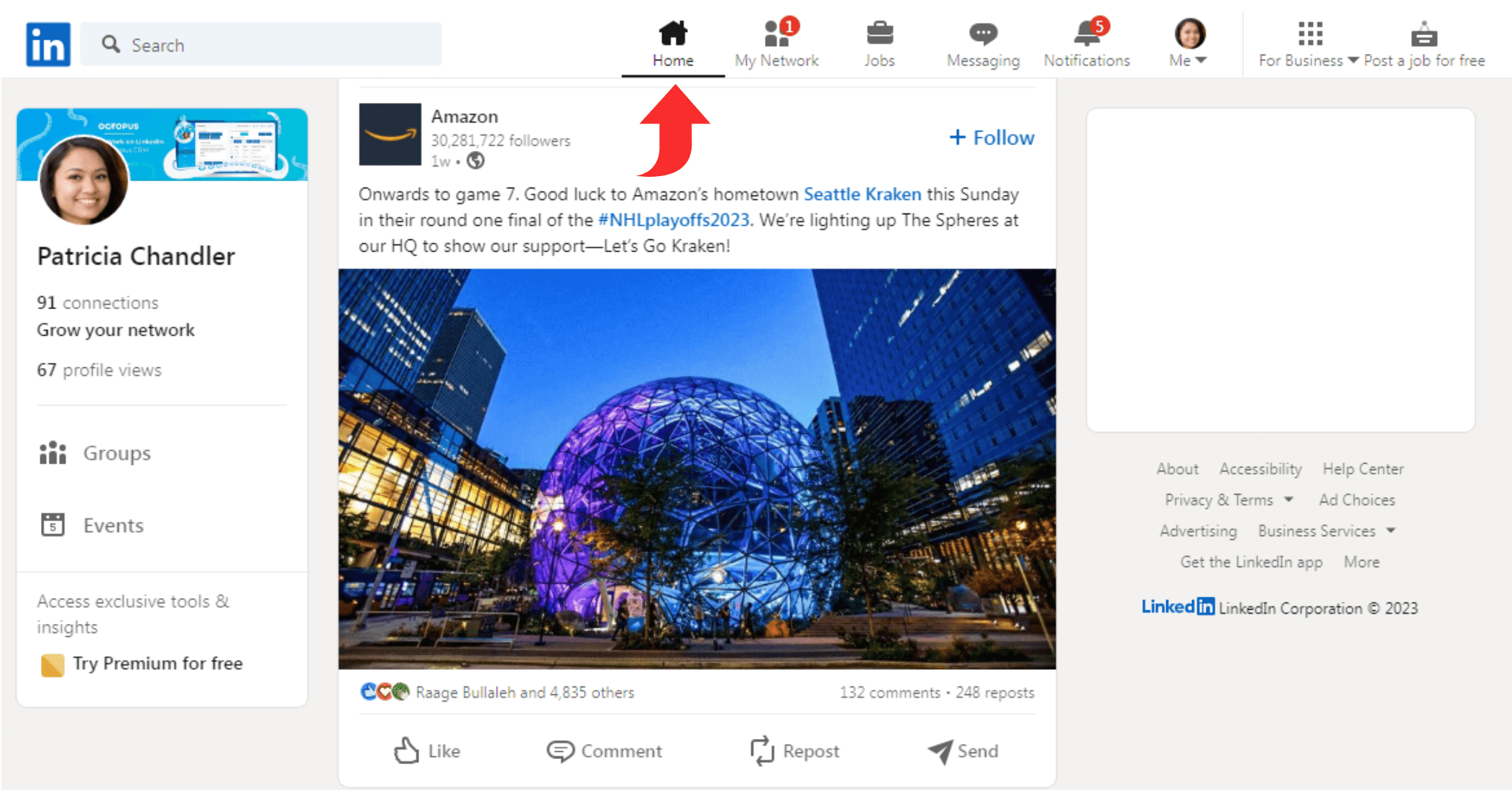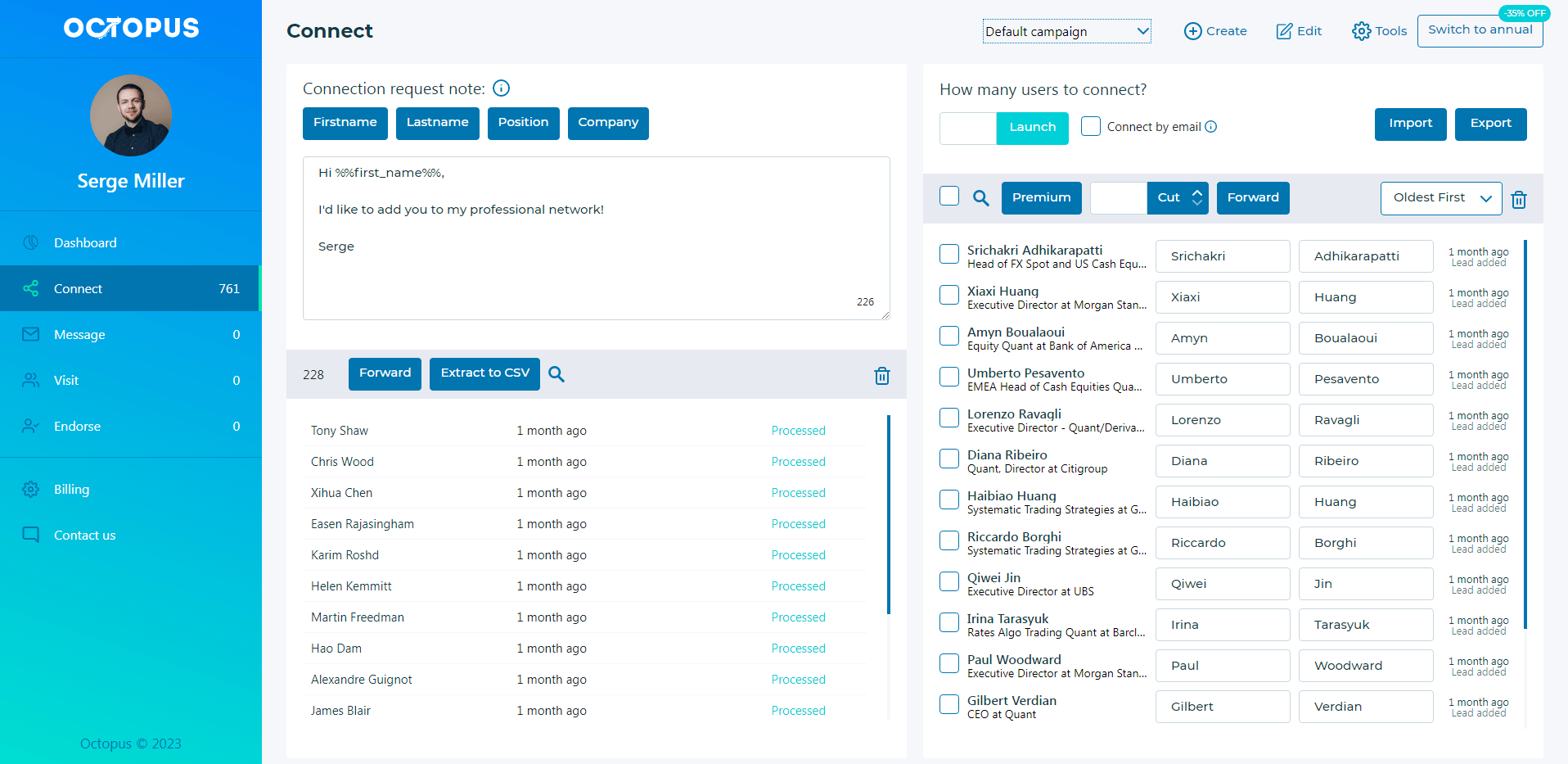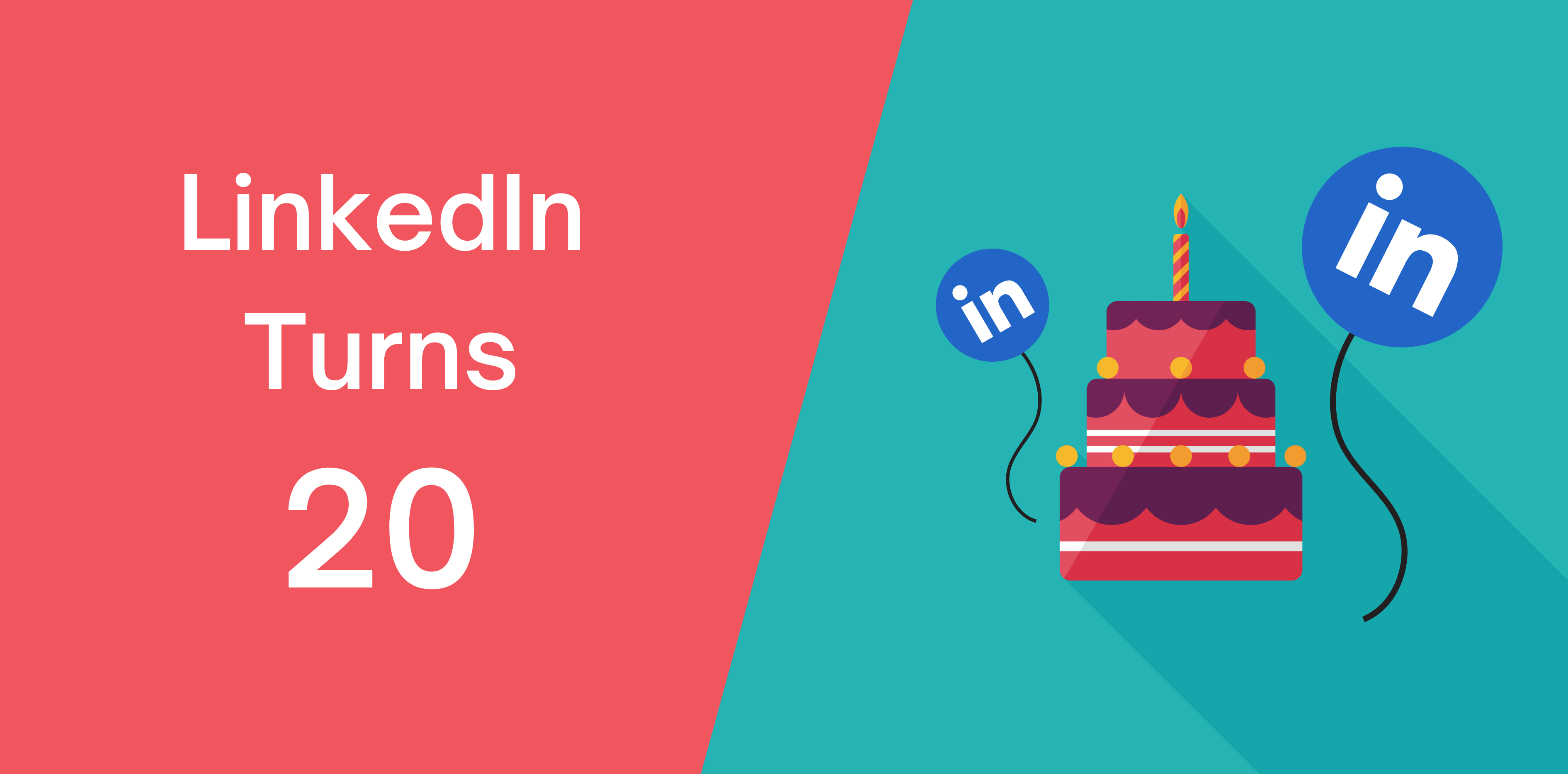LinkedIn, the world’s largest professional networking platform, celebrates its 20th anniversary this year. Since its launch in 2003, LinkedIn has revolutionized the way professionals connect, network, and build their careers. With over 1 billion members from more than 200 countries, LinkedIn has become an indispensable tool for professionals across various industries.
The Birth of LinkedIn
LinkedIn was founded on May 5, 2003, by Reid Hoffman, Allen Blue, Konstantin Guericke, Eric Ly, and Jean-Luc Vaillant in a living room in Silicon Valley. The platform was built with the vision of connecting professionals and creating a digital space where individuals could showcase their skills, experiences, and achievements.
Initially, LinkedIn focused on establishing connections between people in a manner similar to traditional networking events and conferences. The platform allowed users to create profiles, connect with colleagues, classmates, and industry peers, and build a network of professional contacts. The founders recognized the need for a platform that could bridge the gap between job seekers and employers, facilitating professional growth and opportunities.
Growth and Expansion of LinkedIn
LinkedIn experienced rapid growth in its early years. By 2006, the platform had amassed 20 million members and had begun to introduce new useful features to enhance user experience. It introduced features such as LinkedIn Groups, allowing professionals to connect and engage in discussions around specific industries, interests, or topics.

In 2010, LinkedIn went public with its initial public offering, marking a significant milestone for the company. The IPO raised $352.8 million and established LinkedIn as a leading player in the tech industry. With its newfound resources, LinkedIn focused on expanding its user base and introducing innovative features.

Over the years, LinkedIn has launched several tools and services to cater to the diverse needs of professionals. These include LinkedIn Learning, which offers online courses to enhance skills and knowledge, and LinkedIn Recruiter, a platform that helps companies find and hire top talent. LinkedIn also introduced a news feed feature similar to other social media platforms, allowing users to share and consume professional content.

LinkedIn’s Impact on Professional Networking
LinkedIn has transformed the way professionals connect and build their careers. It has become an essential tool for job seekers, recruiters, and businesses alike. The platform provides a centralized hub for professionals to showcase their accomplishments, skills, and experiences, allowing them to create a strong online presence.
For job seekers, LinkedIn has become the go-to platform for finding new opportunities. Users can search and apply for jobs directly on the platform, as well as receive recommendations based on their skills and interests. LinkedIn also enables users to reach out to recruiters and hiring managers directly, streamlining the job search process.
Recruiters and businesses leverage LinkedIn to identify and attract top talent. The platform provides powerful search and filtering capabilities, allowing recruiters to find candidates with specific skill sets and experiences. LinkedIn’s vast user base and extensive professional data make it a valuable resource for sourcing candidates.
Furthermore, LinkedIn has become a platform for professional development and knowledge sharing. Users can engage in industry-specific discussions, participate in webinars and events, and access educational resources to stay up-to-date with the latest trends and advancements in their fields.
Looking Towards the Future
LinkedIn continues to evolve and adapt to the changing needs of professionals. In recent years, LinkedIn has focused on enhancing its mobile experience, recognizing the growing importance of smartphones in our daily lives. The company has also made efforts to improve inclusivity and diversity on the platform, aiming to create an equitable environment for LinkedIn Premium members and all professionals.
LinkedIn’s acquisition by Microsoft in 2016 further strengthened its position in the market and provided access to additional resources and technologies. This partnership has led to the integration of Microsoft services, such as Word and PowerPoint, into the LinkedIn platform.
LinkedIn has also embraced emerging trends in the professional world. The platform has recognized the rise of remote work and the gig economy, and has introduced features to support freelancers and remote professionals. LinkedIn ProFinder, for example, connects freelancers with potential clients, enabling them to showcase their skills and secure projects.
Looking ahead, LinkedIn aims to continue its mission of connecting professionals and empowering them to achieve their career goals. The platform is exploring opportunities in emerging markets and expanding its user base globally. As technology advances, LinkedIn will likely leverage artificial intelligence and machine learning to provide more personalized recommendations and insights to its users.
In addition, LinkedIn plans to strengthen its role as a platform for content creation and distribution. It encourages users to share their expertise, insights, and stories through articles, videos, and other forms of content. This creates a vibrant professional community where individuals can engage with valuable content and establish themselves as thought leaders in their respective fields.
New LinkedIn AI Feature Creation
LinkedIn AI automation is important feature for all users. LinkedIn’s 20th anniversary is a testament to the power of professional networking and the positive impact it can have on individuals and industries. With its vast reach and continuous innovation, LinkedIn remains a driving force in shaping the future of work and connecting professionals worldwide.
As we look back at the past two decades, it is evident that LinkedIn has come a long way since its inception. From a small living room in Silicon Valley to a global networking platform with millions of users, LinkedIn has transformed the way professionals connect, collaborate, and grow in their careers. As it enters its third decade, LinkedIn is poised to continue revolutionizing the professional landscape and empowering individuals to unlock new opportunities and achieve their full potential.

One of the key areas where LinkedIn is expected to focus in the future is artificial intelligence and create a new LinkedIn AI features and LinkedIn automation. The platform has already started integrating AI into its services, such as personalized job recommendations and automated messaging suggestions. As AI technology advances, LinkedIn can leverage it to provide even more tailored and relevant experiences for its users.
Read also: Best LinkedIn Automation Tools
Another aspect that LinkedIn is likely to prioritize is the enhancement of its learning and development offerings. With the rapid pace of technological advancements and evolving industry trends, professionals need to continually upskill and reskill themselves to stay competitive. LinkedIn Learning, the platform’s online education platform, is expected to expand its course catalog and provide more diverse learning opportunities to cater to the evolving needs of professionals.
LinkedIn’s commitment to diversity, inclusion, and equity is also expected to remain at the forefront. The platform has made efforts to address biases in hiring and improve representation across various industries. LinkedIn’s Talent Insights feature helps companies analyze their workforce data to identify areas for improvement in diversity and inclusion. It is anticipated that LinkedIn will continue to prioritize these initiatives and work towards creating a more equitable professional ecosystem.
Moreover, as the world becomes more interconnected, LinkedIn will likely explore partnerships and integrations with other platforms and technologies. Collaborations with emerging technologies like virtual reality (VR) or augmented reality (AR) could potentially create new ways for professionals to connect, collaborate, and engage with each other.
The future of LinkedIn holds immense potential for growth and innovation. With its vast user base, global reach, and commitment to empowering professionals, LinkedIn is well-positioned to continue its impact on the professional networking landscape. As it enters its third decade, LinkedIn remains dedicated to helping professionals navigate the ever-changing world of work, foster meaningful connections, and unlock new opportunities for success.
Related article: How to Use ChatGPT for LinkedIn
Looking Ahead

From its humble beginnings to its status as a global networking giant, LinkedIn has transformed the way professionals connect, network, and build their careers. LinkedIn has several key areas of focus that will shape its future trajectory. One of the primary areas is the continued evolution of its platform as a hub for professional content and engagement. LinkedIn will likely invest in features that encourage users to share valuable insights, industry news, and thought leadership articles. This will foster a thriving community where professionals can learn from one another, engage in meaningful discussions, and establish their expertise.
Additionally, LinkedIn will continue to prioritize its role as a facilitator of professional connections and opportunities. The platform will seek to enhance its algorithms and recommendation systems to ensure that users are connected with the most relevant professionals, job opportunities, and business prospects. LinkedIn’s advanced data analytics capabilities will play a crucial role in achieving this objective, enabling the platform to deliver personalized experiences and insights to its users.
Read also: Top LinkedIn Tools for Business
As the nature of work undergoes further transformation, LinkedIn is poised to play a vital role in supporting professionals through these changes. The rise of remote work, gig economy, and freelancing will likely shape the future of the job market. LinkedIn will adapt to these trends by offering features and services tailored to remote professionals and freelancers, such as project-based collaborations, remote job listings, and networking opportunities specific to these segments.
Furthermore, LinkedIn will continue to expand its global presence and focus on emerging markets. As economies evolve and new professional ecosystems emerge, LinkedIn aims to connect professionals from all corners of the world. This expansion will facilitate cross-cultural collaborations, knowledge sharing, and diverse perspectives, creating a truly global professional network.
Ethics and data privacy will remain key considerations for LinkedIn as it moves forward. Safeguarding user data, ensuring transparency in its algorithms, and maintaining a trustworthy platform will be essential for maintaining user trust and loyalty. LinkedIn will continue to invest in security measures and privacy controls to protect user information and provide a safe and secure networking environment.
Read also: Best Sales Automation Tools
Conclusion
LinkedIn celebrates its 20th anniversary and stands as the preeminent professional networking platform, having revolutionized the way professionals connect and build their careers. With a strong focus on content, connections, and opportunities, LinkedIn will continue to evolve and innovate to meet the changing needs of professionals in the coming years.
LinkedIn is playing a central role in shaping the future of work and empowering professionals to thrive in an interconnected world.

